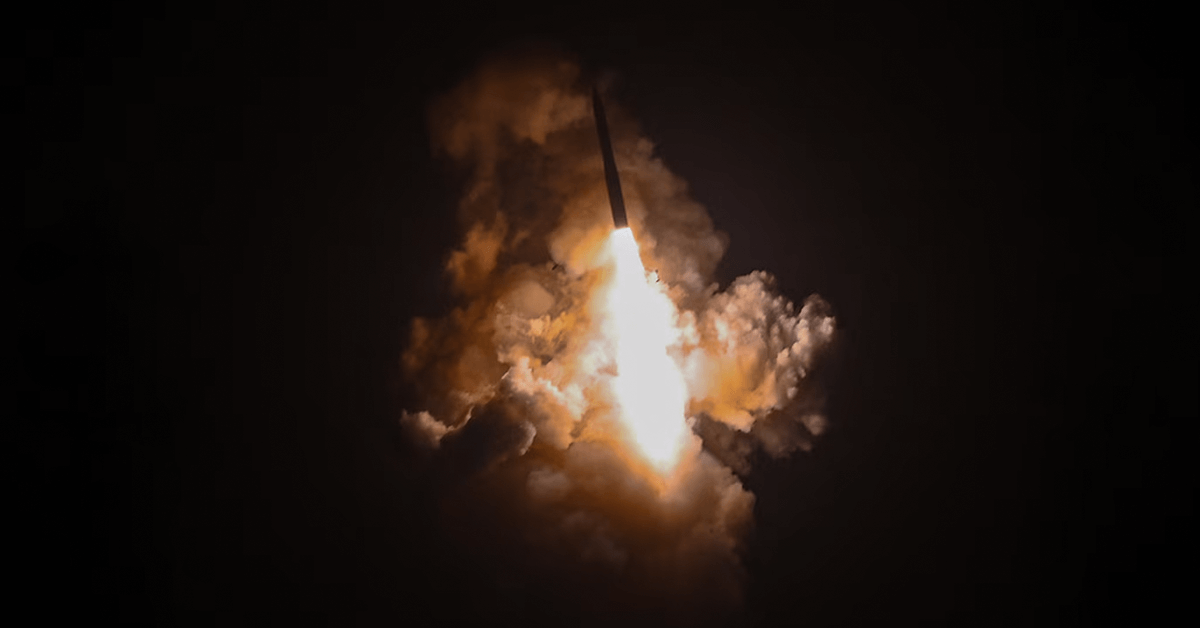An unarmed Minuteman III intercontinental ballistic missile, equipped with a single Mark-21 high fidelity reentry vehicle, was launched on Wednesday from the Western Test Range at Vandenberg Space Force Base.
The launch, performed by a joint team of Air Force Global Strike Command airmen, is part of routine activities designed to ensure the ICBM, which is part of the U.S. nuclear triad’s ground leg, remains a viable deterrent to 21st-century threats, the U.S. Space Force said.
 With the increasing sophistication of threats, the need for advanced defense capabilities in the air and space domains has never been more urgent. Join the Potomac Officers Club’s 2025 Air and Space Defense Summit to gain insights into the challenges and opportunities facing the air and space defense industry. Register here.
With the increasing sophistication of threats, the need for advanced defense capabilities in the air and space domains has never been more urgent. Join the Potomac Officers Club’s 2025 Air and Space Defense Summit to gain insights into the challenges and opportunities facing the air and space defense industry. Register here.
According to Col. Dustin Harmon, commander of the 377th Test and Evaluation Group dedicated to ICBM tests, the Minuteman III remains the bedrock of the U.S. strategic deterrent until the transition to the LGM-35A Sentinel ICBM is completed.
Modernizing the Nuclear Triad
Sentinel is being developed as a replacement for the aging Minuteman III, which has been in service for over 50 years.
The Northrop Grumman-led Sentinel program, however, is facing challenges, including a funding cut and schedule overruns. Building Sentinel was initially expected to cost $77.7 billion, but its future costs are now projected to increase by 81 percent, triggering a Nunn-McCurdy review in 2024.
The review concluded that the program is essential to national security and that no alternatives were identified to provide an acceptable deterrence capability. The Air Force, however, was directed to restructure the program to control costs.
As the program continues to undergo restructuring activities, the service branch found that building new missile silos for Sentinel is needed since the original baseline strategy of converting Minuteman III silos will cause more problems and program delays, Defense News reported.





